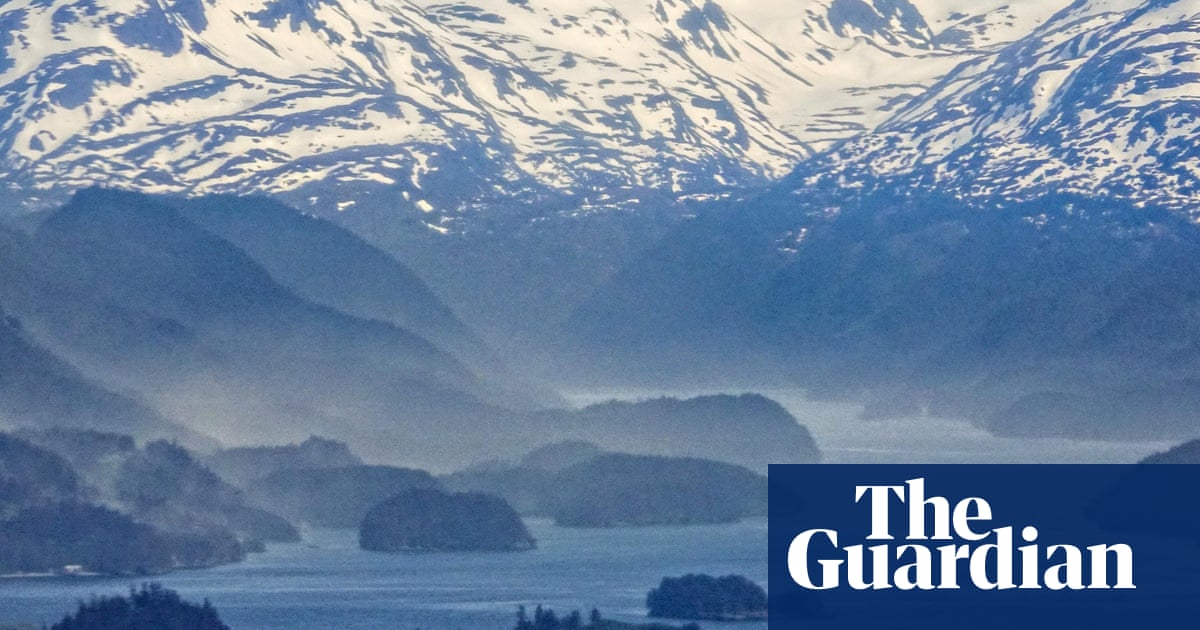The article reports on the recent discovery of a missing family's boat along with human remains in Alaska, nearly a year after the family from Texas went missing. The tragic nature of this event, coupled with the long period of uncertainty, highlights the emotional weight of the story. While it informs the public about the recovery efforts, it also raises questions about the effectiveness of search and rescue operations in remote areas.
Intent Behind the Publication
This report serves to provide closure to a tragic event and inform the public about the developments in the case. By detailing the discovery and the identities of the missing family members, the article likely aims to elicit sympathy and raise awareness regarding boating safety in Alaska. The emphasis on the family's background and their joy for travel may also humanize the tragedy, making it more relatable to readers.
Public Perception
The narrative instills a sense of sorrow and concern for the safety of individuals engaging in recreational boating activities. It may lead readers to reflect on the dangers associated with such activities, especially in challenging environments like Alaska. This could potentially foster discussions about the need for improved safety measures and better preparative actions for those who venture into these waters.
Information Gaps and Manipulation
While the article presents factual information regarding the recovery of remains and the family's identity, it does not delve into deeper issues such as the search and rescue protocols or the technology used in the operation. This omission might limit the reader's understanding of the complexities involved in such missions. However, there is no overt manipulation evident in the language used; rather, it appears to focus on delivering a straightforward account of the events.
Comparative Analysis
When compared to other news stories about missing persons, this report shares similarities in its emotional appeal and focus on human interest. However, it also stands out due to the extended timeline of the search and the eventual resolution, which may resonate more deeply with readers who have followed similar stories.
Societal Impact
The discovery of the remains could prompt discussions about search and rescue resources, potentially leading to calls for improved support for such operations in remote areas. Economically, increased media attention on boating safety could influence local tourism and recreational boating businesses, emphasizing the importance of safety equipment and training.
Community Support
The article likely resonates more with communities that value outdoor activities and family-oriented adventures, such as boating enthusiasts and local residents in coastal regions. By highlighting the family's love for travel, it taps into shared values and experiences within these communities.
Market Influence
From a financial perspective, this news may not have a direct impact on stock markets, but it could affect companies involved in boating safety equipment or tourism in Alaska. Increased awareness of safety measures may lead to higher consumer interest in relevant products and services.
Geopolitical Relevance
The incident does not appear to have significant implications for global power dynamics or current geopolitical issues. However, it reflects broader themes of safety and community resilience in the face of tragedy, which resonate across various societal contexts.
Use of AI in Reporting
There is no clear indication that artificial intelligence was involved in the writing of this article. However, AI-generated content could potentially assist in summarizing facts or optimizing the language for engagement. If AI were utilized, it might enhance clarity and emotional resonance, but the piece remains primarily focused on factual reporting.
The article serves to inform the public about a significant development in a tragic narrative, evoking empathy while raising awareness about safety in outdoor recreational activities. Its reliability stems from the specificity of the details provided, though it lacks an exploration of the broader implications of the incident.
